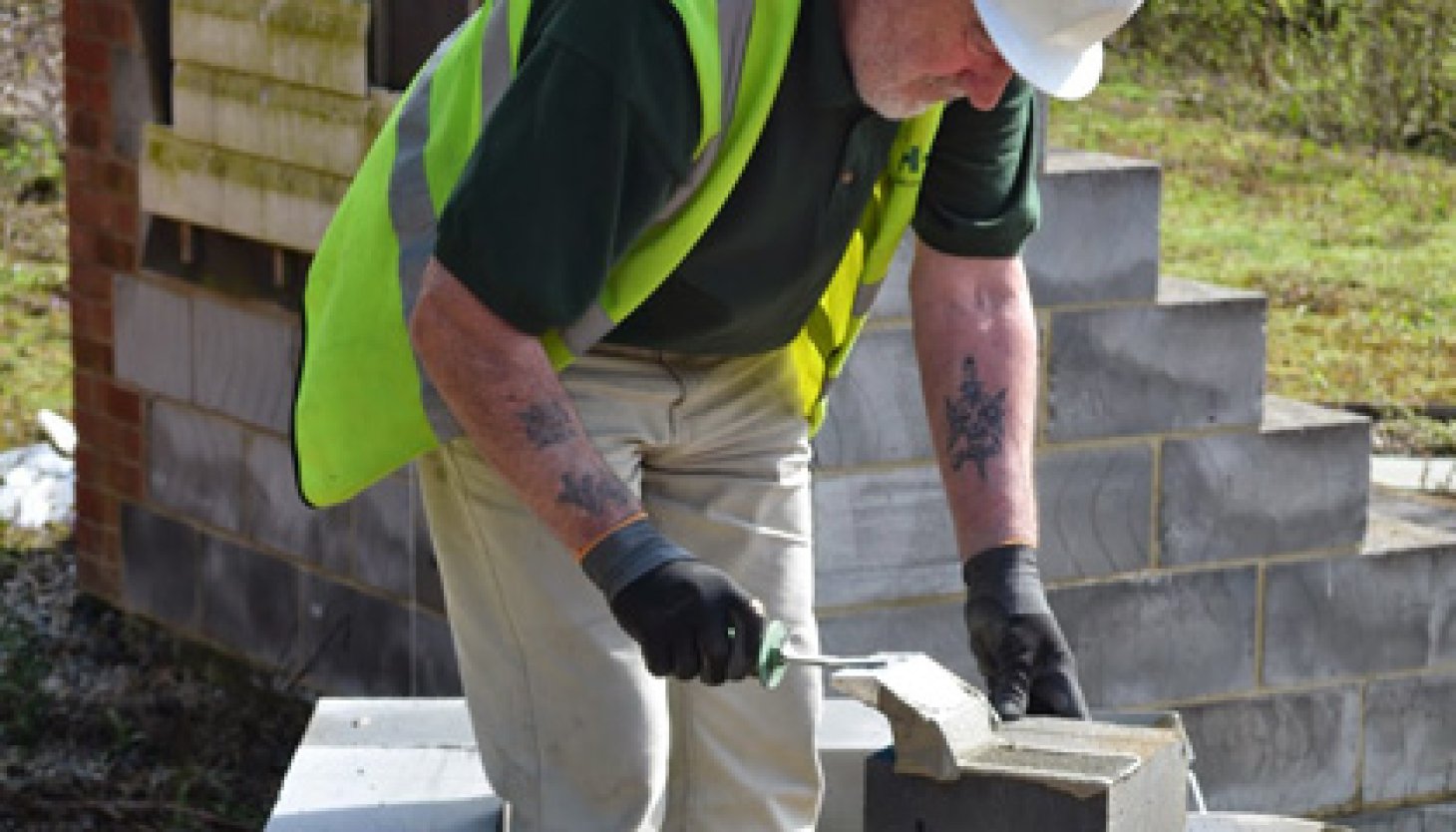
The base course of a solid wall construction starts from the ground floor, above the damp proof course (DPC). The DPC can actually be laid into the bedding mortar or base course if required, but it is usually under the floor you are building the solid wall onto.
When constructed correctly, the base course will be level. It is important to check the level before continuing from this course and to correct any inaccuracies using a mallet. This is the key to the Thin-joint System because if you get it right, you will not have to level the blocks again.
To lay the base course, you will need to use a 200mm Celcon Block Standard Grade, traditional mortar and Thin-Joint Mortar.
Each type of mortar has a different purpose:
- -
- Bedding the base course into traditional sand and cement mortar allows you to even out any unevenness in the floor. This is because it is much thicker than Celfix Mortar. -
- Use Celfix Mortar on the perpendicular joints. This will create a 2mm joint rather than the traditional 10mm joint. As a result, this will ensure the solid wall construction above will be laid accurately to the base course.
If you are using a 100mm notched propriety scoop or sledge, apply Celfix Mortar to one perpendicular side of the block and one perpendicular side of the opening for even coverage.